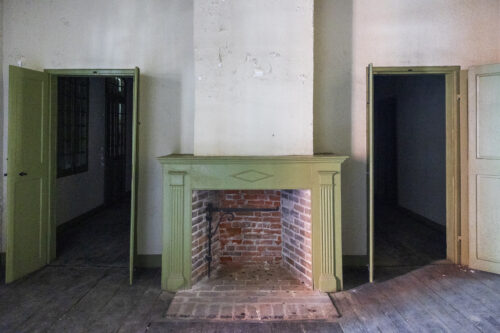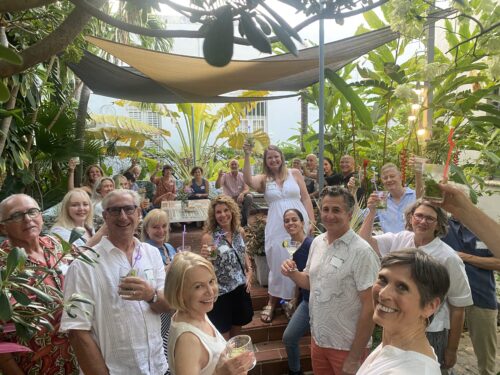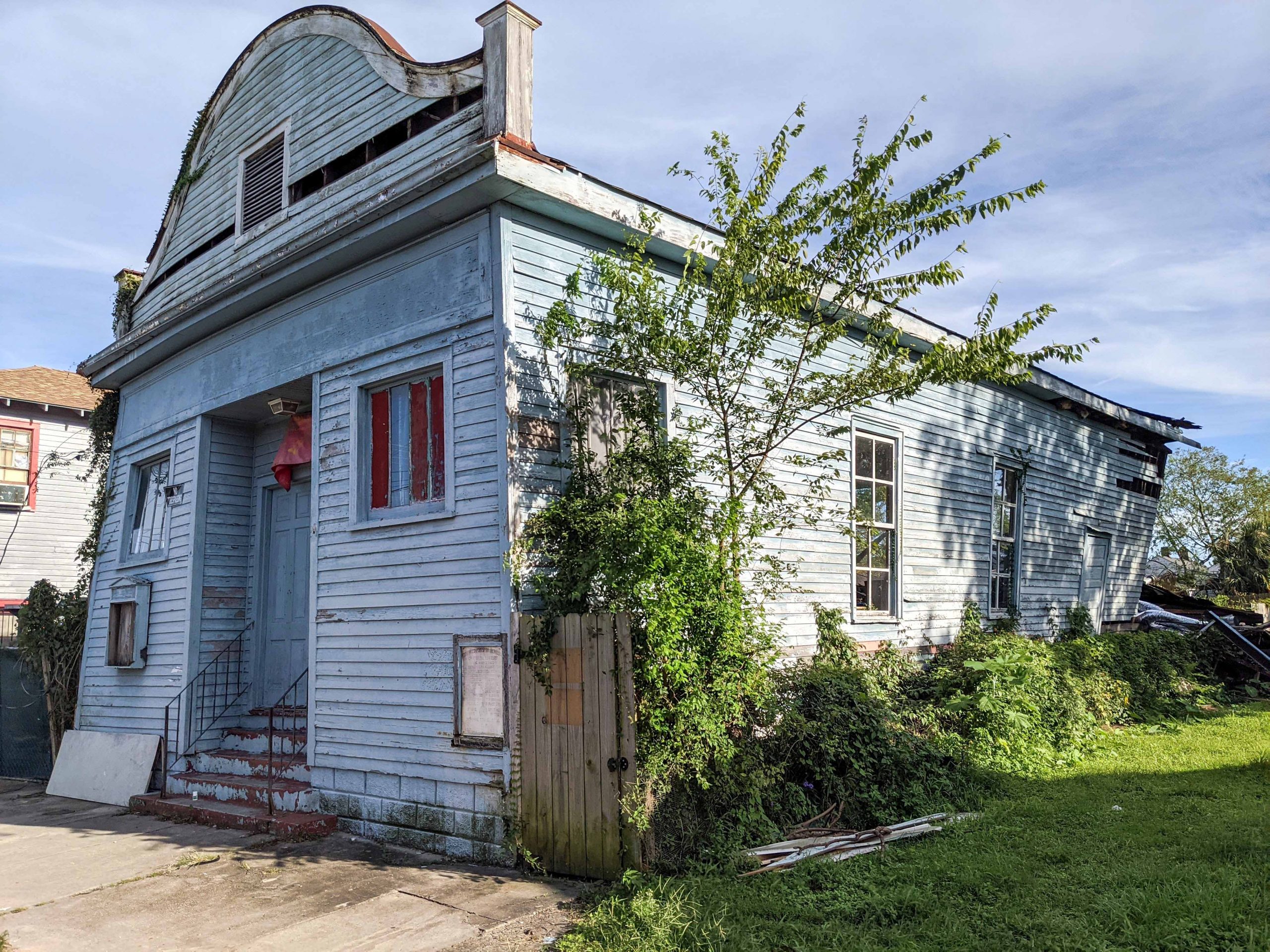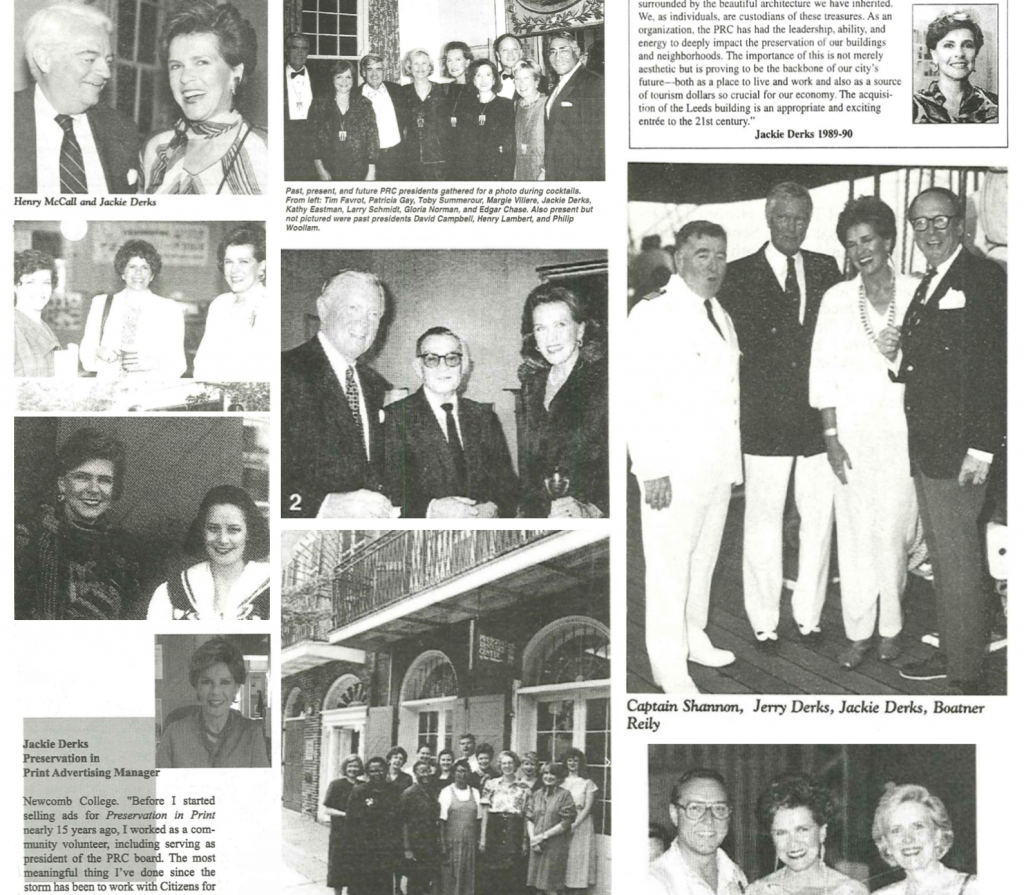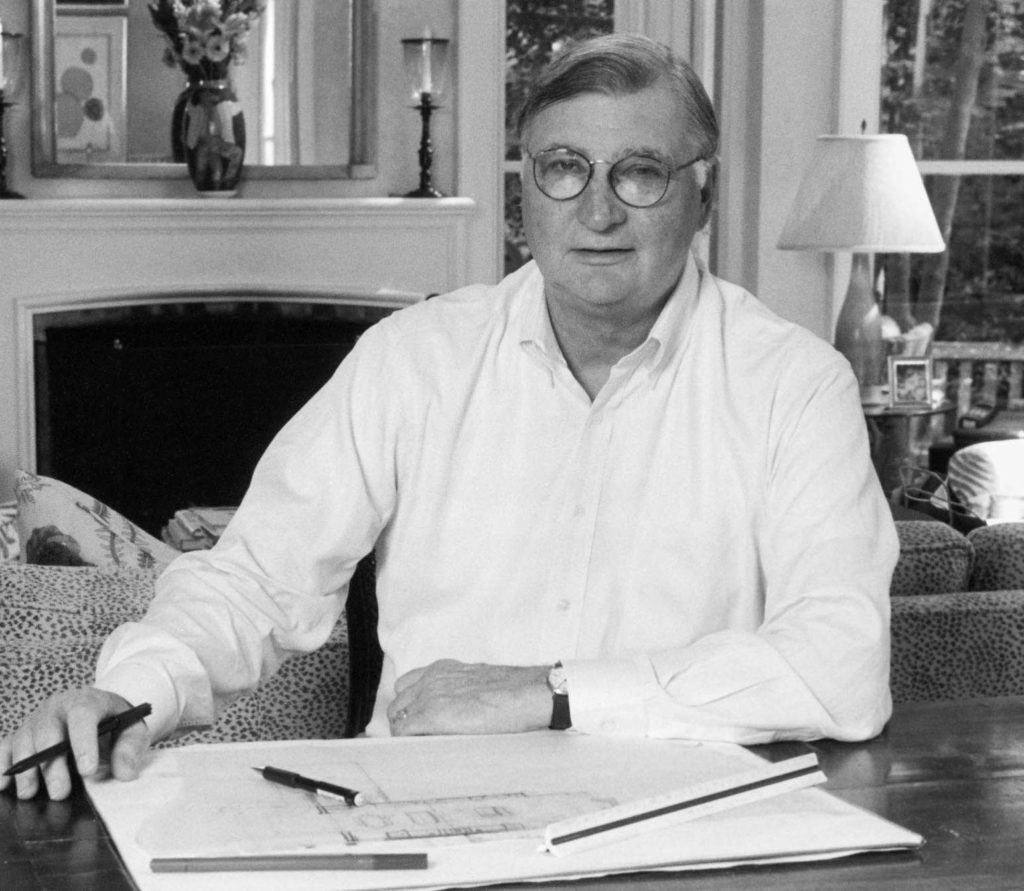Most Endangered Historic Places Fund
Product Details
The 143-year-old home of Holy Aid and Comfort Spiritual Church of Eternal Life, formerly known as Perseverance Benevolent and Mutual Aid Society Hall, has been named to America’s 11 Most Endangered Historic Places, the much-anticipated nationwide list from the National Trust for Historic Preservation. Since 1988, the National Trust has used its list of America’s 11 Most Endangered Historic Places to raise awareness about the threats facing some of our nation’s greatest treasures.
The church, at 1644 N. Villere St., suffered severe damage in Hurricane Ida, when the building partially collapsed from the storm’s strong winds. Since the hurricane, Nathan Lott, the Preservation Resource Center’s Director of Policy Research and Advocacy Coordinator, has worked closely with the Rev. Harold Lewis, pastor of Holy Aid and Comfort, and other local preservationists to raise money to repair the historic building, which once hosted many of the city’s early jazz musicians.
When it opened in 1880, the building served as the headquarters for La Société de la Perseverance, a benevolent society founded by free Creoles of color before the Civil War. The hall also hosted concerts and dances, with musicians playing in a new style that would become known as jazz. The breakthrough came from bandleader Buddy Bolden, who ad-libbed phrases on his cornet and played with a bluesy feel. (Perseverance Hall is one of only a few extant places where Bolden is known to have played.)
“There are many locations in New Orleans where jazz coalesced and started. Most of them are gone or almost gone,” said David Kunian, curator of the New Orleans Jazz Museum. “However, Perseverance Benevolent and Mutual Aid Society Hall is still here right now. All of the early jazz heroes, from Buddy Bolden to King Oliver to Kid Ory to Buddy Petit, walked through its doors and set up on the small balcony in the back to invent this African American music that took over the world. Because of this, the value of this site is immeasurable. It is imperative that we save this building. We are lucky to still have it for the neighborhood and the world. Its walls and floors hold the ghosts and secrets of this music that changed our planet for the better.”
“New Orleans was the cradle of jazz, America’s original art form, and the Perseverance Benevolent and Mutual Aid Society Hall was where this new music took its first steps,” said Preservation Resource Center Executive Director Danielle Del Sol. “This building isn’t just a New Orleans landmark. It’s a national site of historic significance, and we are hopeful that people who care about our cultural heritage will help us save it.”
“The story of the Holy Aid and Comfort Spiritual Church building has many fascinating chapters, from its origin as a mutual aid society to an early jazz venue to a house of worship,” said Katherine Malone-France, Chief Preservation Officer of the National Trust for Historic Preservation. “But without immediate support to stabilize and rebuild its hurricane-battered walls, the church is likely to collapse, removing it as a living testament to the perseverance and resilience of generations in the face of a racialized and inequitable society. What remains of this building is incredibly precious, as is its potential to continue to serve its community and tell stories of remarkable resilience and creativity.”
The building is listed in the National Register of Historic Places.
Importance of Holy Aid and Comfort Spiritual Church of Eternal Life/
Perseverance Benevolent and Mutual Aid Society Hall
Cultural significance: Constructed in New Orleans’ 7th Ward around 1880 for the Perseverance Benevolent and Mutual Aid Society, this humble wooden building was the hub for an essential network of mutual aid that provided everything from entertainment to life insurance, as well as a safe space during the era of segregation.
Musical significance: The hall hosted performances by early jazz pioneers, including Sidney Bechet, Isidore Barbarin, Joe “King” Oliver, and Buddy Bolden.
Spiritual significance: In 1949, the building was purchased by Holy Aid and Comfort Spiritual Church of Eternal Life.
Current threat to the building: The church building is threatened by its precarious physical condition, with damage caused by Hurricane Ida (2021), Hurricane Katrina (2005) and theft of materials.
Potential solutions/impact of listing: The Preservation Resource Center (PRC) is helping Holy Aid and Comfort to develop an emergency stabilization plan for the building, and architecture firm Cushing Terrell has offered pro bono architectural services to support the reconstruction. A recent grant of $100,000 from the National Trust’s African American Cultural Heritage Action Fund through the new Preserving Black Churches program helped jump-start the work. An additional $100,000 to $200,000 will be required to complete the reconstruction so that the congregation and broader community can use the building once again.
The PRC is raising money to repair this historic treasure of New Orleans’ history.
Another site in Louisiana also has been named to America’s 11 Most Endangered Historic Places list. The West Bank of St. John the Baptist Parish is an 11-mile stretch along the Mississippi River that includes historic villages, agricultural fields, and two plantations where the lives of enslaved people are studied and interpreted. But now port facility Greenfield Louisiana LLC has applied to the U.S. Army Corps of Engineers for a permit to build one of the largest grain elevators in the world amid the area’s nationally significant cultural resources. A coalition of local and national advocates, including many descendants of people enslaved in the area, is advocating for the Army Corps to deny the permit or for the developer not to build the terminal. For more information about the threats to this cultural site, please contact Brian M. Davis, Executive Director of the Louisiana Trust for Historic Preservation, at 318.267.5220 or bdavis@lthp.org.
Preservation Resource Center of New Orleans (PRC) preserves New Orleans’ historic architecture, neighborhoods and cultural identity through collaboration, empowerment and service to our community. Founded in 1974, PRC is a non-profit organization that has restored more than 1,500 properties citywide and has assisted countless individuals with their own renovation efforts through its programs. PRC provides resources and education to convey the economic, cultural and aesthetic importance of historic architecture in New Orleans and throughout the world.

